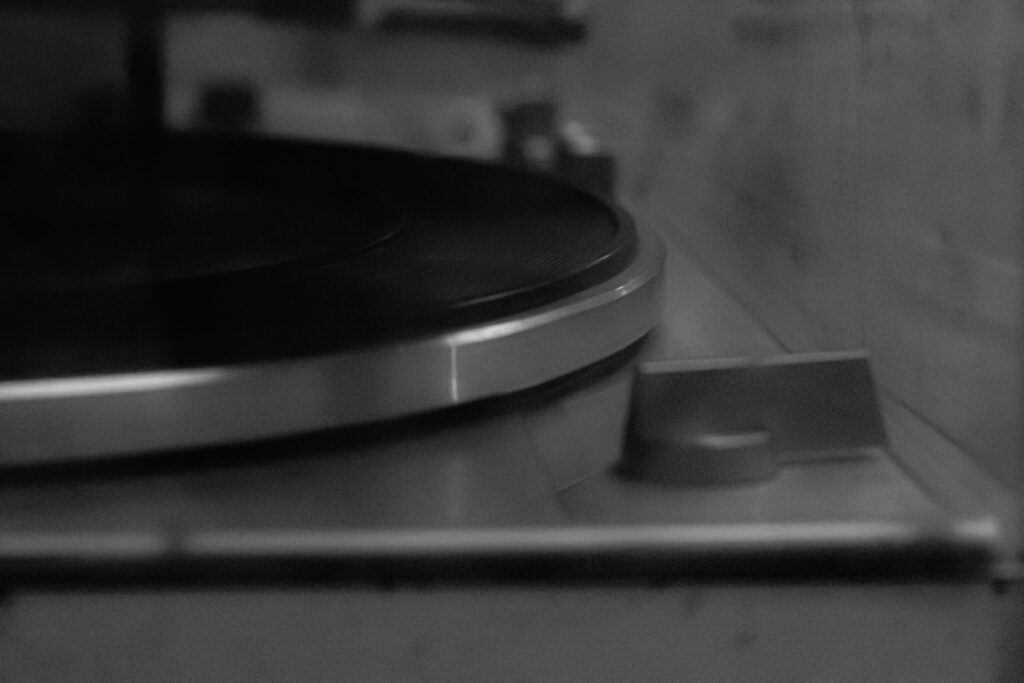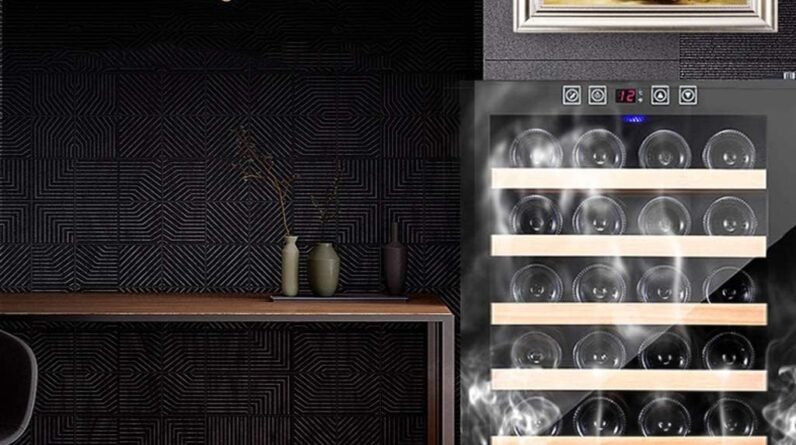
So, you just made yourself a delicious smoothie using your blender, but now comes the not-so-fun part – cleaning it. We all know that a blender can be a sanctuary for stubborn food particles and bacteria if not cleaned properly. But fear not, because in this article, we will walk you through the step-by-step process of effectively cleaning and disinfecting your blender. Say goodbye to sticky residues and hello to a squeaky-clean blender that’s ready for your next culinary adventure.

Pre-Cleaning Preparation
Before you start cleaning your blender, it’s important to gather all the necessary materials. This includes a soft brush or sponge, mild soap or dishwashing liquid, a damp cloth, vinegar, bleach or white vinegar, baking soda, lemon juice or citric acid, and blender cleaning tablets if desired. Having these items ready will make the cleaning process much smoother and more efficient.
Once you have your materials prepared, it’s time to unplug and disassemble the blender. This involves removing the blending jar, lid, and any additional attachments such as blades or seals. By disassembling the blender, you’ll be able to thoroughly clean each component and ensure no residue or build-up is left behind.
When handling any electrical appliance, it’s essential to take safety precautions. Make sure the blender is unplugged before beginning the cleaning process to avoid any accidents. Additionally, be cautious when dealing with any sharp blades or hot cleaning solutions. By taking these safety measures, you can clean your blender without any concerns or mishaps.
Cleaning the Blender
To start cleaning your blender, rinse the blending jar with warm water. This will help remove any loose particles or food residue stuck on the surface. Once you’ve rinsed it thoroughly, you can move on to using a mild soap or dishwashing liquid. Apply a small amount to the sponge or brush and gently scrub the jar, focusing on any stubborn stains or residue. Be sure to clean both the interior and exterior of the blending jar for a thorough cleaning.
Next, clean the blades and seals separately. Remove them from the blender and rinse each component under warm water. Using a soft brush or sponge, scrub the blades and seals to remove any remaining food particles or build-up. Pay close attention to the seals as they can accumulate residue over time. Once you’ve cleaned the blades and seals, rinse them thoroughly to ensure all soap or cleaning solution is removed.
After cleaning the blending jar, blades, and seals, rinse everything thoroughly with warm water. This will ensure that no soap or cleaning solution is left behind, which could affect the taste and quality of future blends. Once rinsed, set aside the components to air dry or dry them with a clean towel.

Disinfecting the Blender
To properly disinfect your blender, it’s important to choose the right cleaning solution. One option is to prepare a bleach solution by mixing one tablespoon of bleach with one gallon of water. Alternatively, you can use white vinegar, which is a natural disinfectant. Fill the blending jar halfway with the cleaning solution of your choice.
Carefully assemble the blender, ensuring the lid is securely in place, and turn it on for a few seconds. This will help distribute the cleaning solution throughout the blending jar and reach all the nooks and crevices. After letting the solution sit for a few minutes, carefully disassemble the blender and rinse all the components thoroughly with warm water.
For those who prefer a natural disinfectant, white vinegar can also be used. Fill the blending jar halfway with white vinegar and follow the same process as with the bleach solution. Vinegar not only disinfects but also helps remove odors and stains from the blender. Remember to rinse thoroughly to remove any lingering vinegar smell.
Cleaning the Blender Base
The blender base is an often overlooked part when it comes to cleaning, but it’s essential to keep it clean and free from dirt or crumbs. To clean the blender base, start by unplugging the blender and wiping it down with a damp cloth. This will help remove any surface dirt or grime.
For stubborn stains on the blender base, you can use a vinegar solution. Mix equal parts vinegar and water, dip a cloth or sponge into the solution, and gently scrub the stained areas. Vinegar is a natural cleaner and helps break down stains effectively. After scrubbing, wipe down the blender base with a clean, damp cloth to remove any residue. Finally, make sure the base is completely dry before plugging it back in.

Cleaning Blender Attachments
In addition to the blending jar, your blender may have additional attachments that require cleaning, such as lids, caps, or specialized blades. These attachments should be cleaned separately to ensure a thorough and hygienic cleaning process.
Start by soaking the attachments in warm soapy water. Use a mild dishwashing liquid and let the attachments soak for a few minutes to loosen any residue or grime. After soaking, gently scrub the attachments using a soft brush or sponge to remove any remaining dirt. Rinse each attachment with warm water to remove any soap or cleaning solution, and then set them aside to dry completely before reassembling the blender.
Cleaning a Blender with Stubborn Stains
If your blender has stubborn stains that regular cleaning methods have not been able to remove, don’t worry. There are a few extra steps you can take to tackle those persistent marks.
One method is to soak the blender parts in warm soapy water for an extended period. This allows the soap to penetrate the stains and loosen them more effectively. After soaking, use a soft brush or sponge with some baking soda to scrub the stained areas. Baking soda acts as a gentle abrasive, helping to lift and remove stains without damaging the blender components.
Another option is to try using lemon juice or citric acid to break down stubborn stains. Apply lemon juice directly to the stained areas and let it sit for a few minutes. Then, scrub with a soft brush or sponge to lift the stains. Citric acid can also be mixed with water to create a paste that can be applied to stubborn stains. Let the paste sit for a few minutes before scrubbing and rinsing thoroughly.
For particularly tough stains, you may need to repeat these steps multiple times until the stains are completely removed. Be patient and persistent, and eventually, your blender will be sparkling clean.
Preventing Odors in the Blender
To keep your blender smelling fresh and odor-free, it’s important to take preventative measures.
One of the best ways to prevent odors is to clean your blender immediately after each use. By rinsing it with warm water and some mild soap, you can remove any lingering food particles and prevent them from causing unpleasant smells.
Additionally, avoid leaving ingredients inside the blender for extended periods. Even something as innocent as a few pieces of fruit or vegetables can start to decompose and produce foul odors over time. If you don’t plan to use the blender immediately, transfer any remaining ingredients to a separate container or refrigerate them.
After cleaning, make sure to dry your blender thoroughly before storing it. Moisture left behind can create a breeding ground for bacteria and mold, leading to unpleasant odors and potential health risks. By allowing the blender to air dry or using a clean towel to dry it completely, you can prevent unwanted odors and maintain a hygienic blender.
Finally, storing your blender in a well-ventilated area can help prevent odors from developing. Good airflow can ensure any lingering moisture dissipates quickly, reducing the chance of mold or bacteria growth. Choose a spot in your kitchen that allows for proper ventilation and keeps your blender fresh and ready for use.
Maintaining the Blender’s Performance
Regularly cleaning your blender not only keeps it hygienic but also helps maintain its performance and extend its lifespan. By following a few simple maintenance tips, you can ensure your blender continues to blend smoothly and efficiently.
Make it a routine to clean your blender after each use. This will prevent any build-up or residue from accumulating and becoming harder to remove over time. Regular cleaning also helps prevent staining and keeps your blender looking pristine.
When cleaning, avoid using abrasive cleaners or harsh chemicals. These can damage the blender’s components, including the blending jar, blades, and seals. Stick to mild soaps, dishwashing liquids, or natural cleaning solutions to ensure the longevity of your blender.
Checking and replacing the seals and gaskets regularly is essential for maintaining the blender’s performance. Over time, these components can wear out or become damaged, leading to leaks or inefficient blending. Refer to the manufacturer’s instructions on how often to inspect and replace these parts to keep your blender working at its best.
Finally, always follow the manufacturer’s instructions for cleaning and maintenance. Each blender may have specific guidelines and recommendations for cleaning and care. By adhering to these instructions, you can guarantee the best results and avoid any potential damage to your blender.
Alternative Cleaning Methods
While the methods mentioned earlier are effective for cleaning blenders, there are a few alternative methods you can consider.
One option is to clean your blender in the dishwasher if it is dishwasher-safe. Disassemble the blender, placing the blending jar, lids, and removable blades in the dishwasher’s designated sections. Use the dishwasher’s normal or gentle cycle with a mild detergent, and ensure everything is properly secured to avoid any potential damage during the wash.
Another alternative method is to steam clean your blender. This can be done by filling the blending jar with a mixture of equal parts water and white vinegar. Place the jar on the blender base and turn it on for a few minutes to create steam. The steam will help loosen any residue or build-up, making it easier to clean. Once the steam cleaning process is complete, rinse the blender thoroughly with warm water.
If you prefer a convenient option, you can use blender cleaning tablets. These specialized tablets are designed to dissolve and remove tough stains and residue. Simply follow the instructions on the packaging to ensure the tablets are used correctly and efficiently.
Conclusion
Proper cleaning and disinfecting of your blender are essential for ensuring a safe and hygienic appliance. By following the steps outlined in this article, you can effectively clean your blender, removing any residue, stains, or odors. Regular maintenance, including checking and replacing seals and gaskets, will help prolong the life and performance of your blender.
Remember to gather all the necessary materials, unplug and disassemble the blender, and take appropriate safety precautions before cleaning. Rinse the blending jar, use mild soap or dishwashing liquid, and clean the blades and seals separately. Disinfect the blender using a bleach solution or white vinegar, and clean the blender base and attachments thoroughly. For stubborn stains, try soaking the blender parts and using baking soda, lemon juice, or citric acid. Prevent odors by cleaning the blender immediately, avoiding leaving ingredients inside, drying thoroughly, and storing in a well-ventilated area.
Maintaining your blender’s performance involves regular cleaning, avoiding abrasive cleaners, checking and replacing seals and gaskets, and following the manufacturer’s instructions. If desired, consider alternative cleaning methods such as using the dishwasher, steam cleaning, or blender cleaning tablets.
By following these comprehensive cleaning steps and maintaining your blender properly, you can ensure it remains a reliable and hygienic kitchen appliance for years to come. Cheers to fresh and delicious blended creations!





